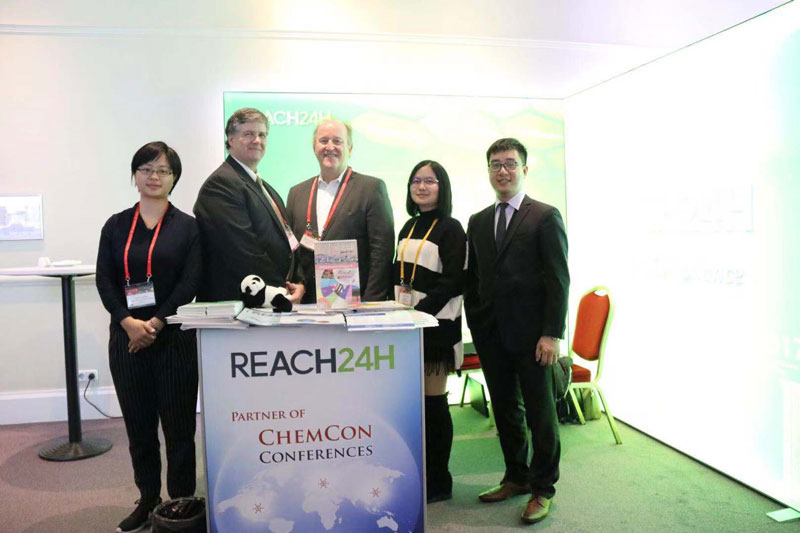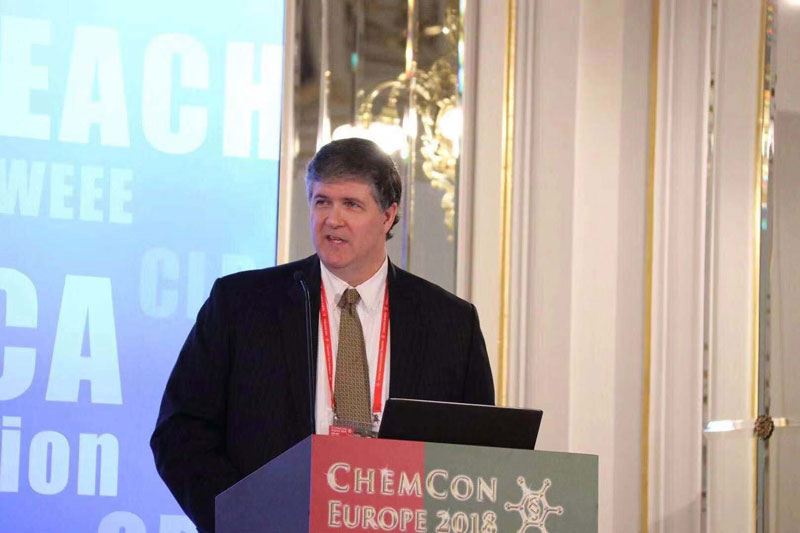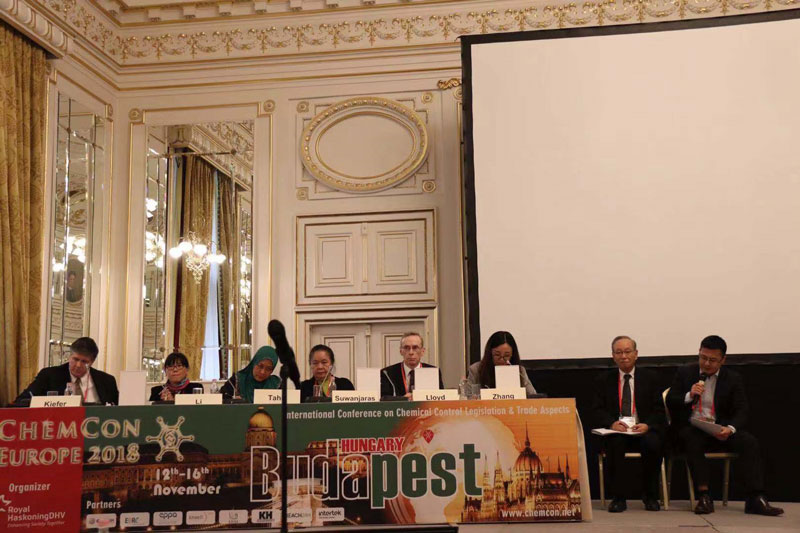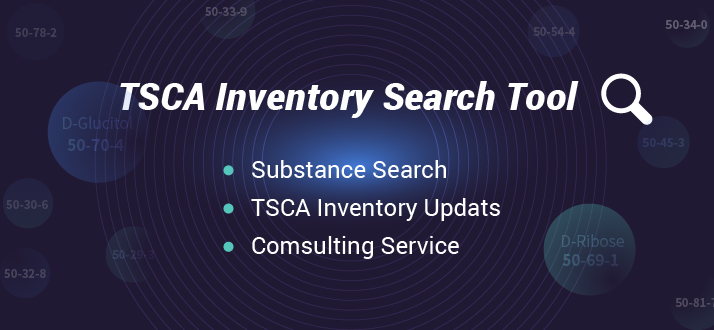ChemCon Europe Ends its Budapest 2018 Conference with the Latest on GHS in Asia Pacific by Robert Kiefer
November 19, 2018. Last week was a relevant one for the Chemical industry, with ChemCon concluding its Europe tour in the city of Budapest, Hungary after 5 days of extensive sessions on chemical legislation covering not only the Americas, but also Asia and Europe.
REACH24H joined as partner to the event once more, welcoming longtime partners and clients, including 3M, Total, Roche and UMCO. The REACH24H team was composed by Mr. Kintan Xu, Manager of Chemical Registration, Ms. Erin Wu, Manager of the GHS Department, and Ms. Lynn Liang, Editor of Chemlinked and Mr. Robert Kiefer, General Manager of REACH24H USA Inc.

Robert Kiefer chaired a session on Chemical Control legislation in North America on Wednesday 14th, with experts joining from US EPA, Intertek and Keller and Heckman.
Understanding GHS Implementation in Asia-Pacific
Mr.Kiefer himself was asked to present on two topics, namely present on the “GHS Implementation in Asia-Pacific and Overview of Regulations on the Management of Chemical Substances and Updates and Development and Revision of the New Chemical Substance Notification (NCSN) Scheme, Order No.7”.
As Mr. Kiefer introduced during his presentation on GHS, with the implementation of the “One Belt and One Road Initiative”, China aims to actively develop economic partnerships with fellow countries in the region, which thus demands that enterprises specifically address this region and their individual trade market realities and regulations to avoid unnecessary losses or business potential disruptions.


When addressing the content of GHS in China, Mr.Kiefer referred the much discussed State Institutional Reforms which eliminated and reformed several of its Ministries this past March 2018. Special mention was made of Decree No. 591, the top law for GHS management, and other several Department Measures and national standards including SAWS Order 53 and 60 addressing the registration, physical hazards identification and classification management.
Although different Asian countries have fully implemented GHS according to requirements of the UN GHS, this does not mean they are truly “harmonized”. Among other reasons, Mr.Kiefer quoted the following: Different countries may adopt different versions of the Purple Book, making localized adaptions based on specific country needs. Also, it is difficult to keep track of all newly added or modified requirements, which stands in the way of some countries fully following up on other counterparts advances. Additionally, even authorities within countries may regulate issues differently, by each addressing specific requirements for the notification, business licensing, reporting and legal inspections at Customs, among others.
Kiefer summed up this issue with one simple recommendation: catalogues of hazardous chemicals and lists of classifications officially released in each specific country of the region should be thoroughly checked in before classifying products for a specific Asia Pacific country market.
The table shows us lists of classifications in some countries:
|
China-Mainland |
Catalogue of Hazardous Chemicals (2015) |
| China-Taiwan | CLA GHS (Recommended, online search for members) http://csnn.osha.gov.tw/content/Substance_home.aspx |
| South Korea | MOE Classification List (Compulsory); MOEL Classification List (Recommended) |
| Japan | CHRIP database (Recommended) |
| Philippine | N/A |
| Thailand | Officially Classified Database (Advisory) |
| Vietnam | Adopt Japanese CHRIP |
| Malaysia | EHS/CMR Reference List |
| Australia | HSIS系统(the same as EU) |
| Singapore | N/A |
| Indonesia | N/A |
| New Zealand |
HSNO分类/CCID: Compulsorily classify HSNO of pure substance |
Finally, Mr. Kiefer explained that of the contents of a SDS, Sections 1, 2, 3, and 8 are of biggest differences in different Asian countries. A relevant point was that both in China-Mainland as well as in South Korea, if some ingredients of a product are confidential, trade-names or concealed CAS number may be resorted to in order to express its hazards. In Taiwan, due to the duty to submit a declaration with OSHA, ingredients with health hazards may not be kept confidential, while in Japan common names may be used to keep this information concealed. This is different from Australia, where this option is only available for ingredients with relatively minor hazards and without occupational exposure limit.
For more on ChemCon, Chemlinked will be covering it through its specialized Asia-Pacific news portal.
